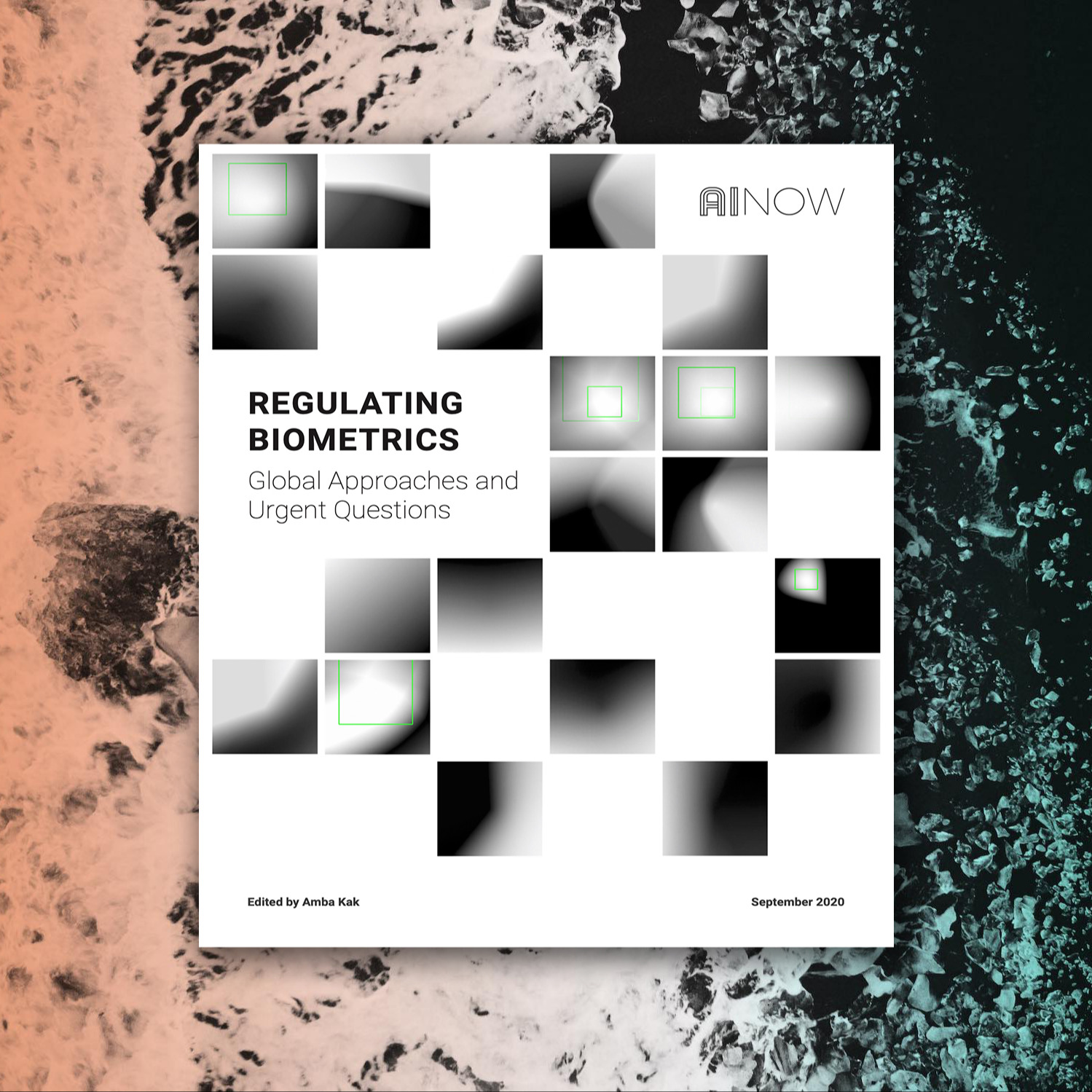Amid heightened public scrutiny, interest in regulating biometric technologies like face and voice recognition has grown significantly across the globe, driven by community advocacy and research. Advocates continue to remind developers, profiteers, and those using and regulating these biometric systems that the future course of these technologies must––and will–– be subject to greater democratic control. The next few years are poised to produce wide-ranging legal regulation in many parts of the world that could alter the future course of these technologies. Addressing this moment of possibility, AI Now worked with academics, advocates, and policy experts to publish a Compendium of case studies on current attempts to regulate biometric systems, and reflect on the promise, and the limits, of the law. Edited by Amba Kak, AI Now’s Director of Global Strategy & Programs, the compendium begins with an introduction and a summary chapter which identifies key themes from existing legal approaches, and poses open questions for the future. These questions highlight the critical research needed to inform ongoing national policy and advocacy efforts to regulate biometric recognition technologies.
You can download the full PDF report at the end of this post, or individual chapters below:
- Introduction by Amba Kak
- Australian Identity-Matching Services Bill by Jake Goldenfein and Monique Mann
- The Economy (and Regulatory Practice) That Biometrics Inspires: A Study of the Aadhaar Project by Nayantara Ranganathan
- A First Attempt at Regulating Biometric Data in the European Union by Els Kindt
- Reflecting on the International Committee of the Red Cross’s Biometric Policy: Minimizing Centralized Databases by Ben Hayes and Massimo Marelli
- Policing Uses of Live Facial Recognition in the United Kingdom by Peter Fussey and Daragh Murray
- A Taxonomy of Legislative Approaches to Face Recognition in the United States by Jameson Spivack and Clare Garvie
- BIPA: The Most Important Biometric Privacy Law in the US? by Woodrow Hartzog
- Bottom-Up Biometric Regulation: A Community’s Response to Using Face Surveillance in Schools by Stefanie Coyle and Rashida Richardson
Cite as: Amba Kak, ed., “Regulating Biometrics: Global Approaches and Urgent Questions” AI Now Institute, September 1 2020.
Research Areas
